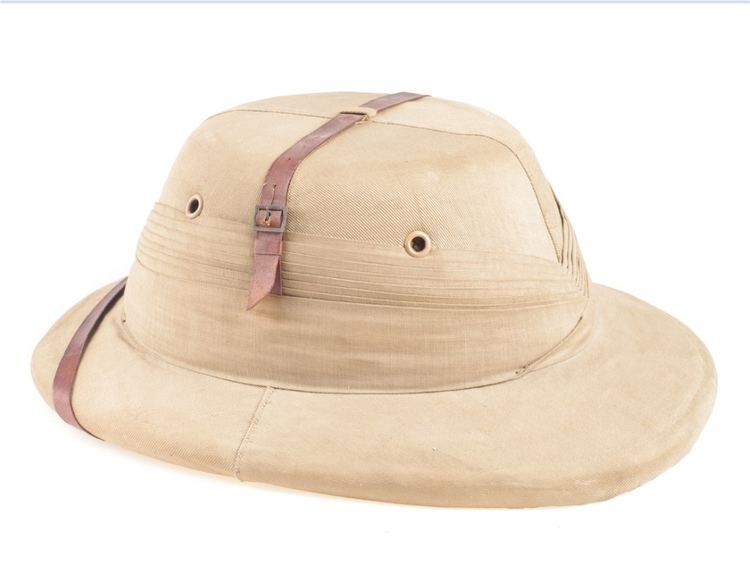 | ||
Sholapith or Shola Pith (also referred to as shola and Indian cork) is a dried milky-white spongy plant matter which can be pressed and shaped into delicate and beautiful objects of art.
Contents
Plant source
From the biological viewpoint the used-part, is the wood (secondary-xylem) of stem, (that is often mistooken as pith, but it is not ).
Aeschynomene sp. woods considered to belong the top lightest-woods in the world.
Shola grows wild in marshy waterlogged areas. The biological name of shola is Aeschynomene aspera of the bean family. It is an herbaceous plant, which grows particularly in the marshy areas of Bengal, Assam, Orissa and the Deccan. The sholapith is the cortex or core of the plant and is about 1.5 inches across.
Crafts
Traditionally sholapith products were used in decorating Hindu idols and in creating the headgears of brides and grooms for a traditional Bengali wedding. In more recent times, sholapith handicrafts have found a wider application in home décor, as artistic objects.
Almost similar to thermocol, which is artificially produced, sholapith is much superior to thermocol in terms of malleability, texture, lustre and sponginess.
West Bengal
In West Bengal this craft is mainly practised in the districts of Bardhaman, Murshidabad, Birbhum, Nadia, Hooghly , Malda ,south 24 parganas district and some other parts of this state. The people engaged as sholapith craftsmen are known as Malakar, meaning "garland maker", probably because they made garlands made of shola for idols and for the noble class.
About 5,000 artisans are involved in this craft. Craftsmen spend several months on a piece to meticulously curve out the details. In Murshidabad the shola crafts are flowery designs, decorative headwear of gods and goddesses, garlands, exquisite figurines like faces of gods and goddesses, elephant howdahs, peacock boats, palanquins and so on. All are made of sholapith. A collection of sholapith work is available with www.purwaaii.com. products of shola are exported to different countries in the world butit is a the artisans are not get their actual share instead the middlemen and the big companies grab the lions share from the export.in south 24 parganas many poor family earn their livelihood from making flowers, birds, etc. from shola. big puja pandels of calcutta are decorated by shola works beutifully.its demand are increasing day by day if banks are giving loans this cottage industry which involves few thousands with farmers included can give more livelihood and earn foreign money for the country as well.
The idol makers of Kumortuli who traditionally produced clay idols have taken to making idols of sholapith and fibreglass. While the fibreglass ones can cost around Rs 110,000-120,000, those prepared from sholapith cost Rs 90,000. The height of the idols can vary from four to nine feet. These are mostly meant for Indian community puja organizers abroad.
Pith helmet
The shola (sola)-style pith helmet—also known as the sun helmet, topee, shola topee, salacot or topi, is a lightweight helmet made of shola pith, with a cloth cover and a particular design and thickness designed to shade and insulate the wearer’s head from the sun. It was formerly much worn by Westerners in India, Pakistan, Egypt, Sudan, Iraq, Transjordan, Palestine, Sri Lanka, and other tropical and subtropical British colonies until the late 1960s.
Later this style of hat became associated with colonial oppression and was slowly abandoned by the military, government, traffic police, etc. The Shola-style helmet has, however, recently acquired popularity among traffic police in cities such as Chennai as a favourible attire during the summer as they insulate the wearer from the oppressive South Asian summer heat.
The Shola-style pith helmet usually has a flattened top and thick brim with either square or rounded edges. It is easily confused with other styles of "pith helmets" that were manufactured outside India and are usually made from cork or other materials. Some shola-style pith helmets feature a crisscross quilt-stitched cloth cover. The latter had more rounded edges at the brim. The cork-style pith helmets, contrary to their misleading name, are not made out of pith; they are much thinner, heavier, and more rounded on the top.
Both styles of hats feature puggarees, air vents, khaki or white covers, and green inner brim liners. Some have chin straps made of leather, in others they are made of cloth. Some Shola-style pith helmets feature a thin leather belt that runs from under the puggaree across the top. The chin strap commonly runs across the front brim. Shola-style pith helmets are still being sold in Indian, Pakistani, and Nepali polo-equipment stores, though they are seldom used in actual polo matches.
